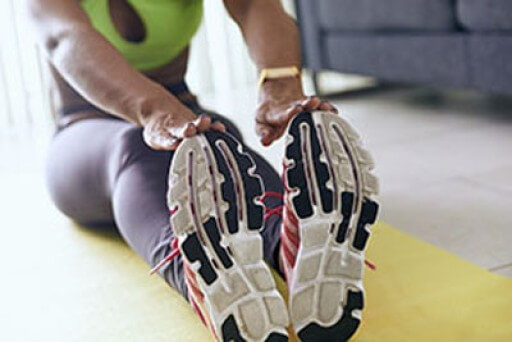A burning sensation in the feet can affect any part of the foot and is typically caused by nerve damage. Various conditions can lead to nerve damage in the feet. One of the most common culprits is diabetes. About half of all people with diabetes develop peripheral neuropathy, which affects the nerves of the feet and can produce a burning sensation. Other medical problems that may damage the nerves that supply the feet, and therefore lead to a burning sensation, include small fiber sensory neuropathy, Charcot-Marie-Tooth disease, complex regional pain syndrome, excessive alcohol use, and tarsal tunnel syndrome. Conditions that are not related to nerve damage can also produce a burning sensation in the feet. These include athlete’s foot, erythromelalgia, and hypothyroidism, among others. If you have burning feet, please seek the care of a podiatrist.
Neuropathy
Neuropathy can be a potentially serious condition, especially if it is left undiagnosed. If you have any concerns that you may be experiencing nerve loss in your feet, consult with the podiatrists from Boston Common Podiatry. Our doctors will assess your condition and provide you with quality foot and ankle treatment for neuropathy.
What Is Neuropathy?
Neuropathy is a condition that leads to damage to the nerves in the body. Peripheral neuropathy, or neuropathy that affects your peripheral nervous system, usually occurs in the feet. Neuropathy can be triggered by a number of different causes. Such causes include diabetes, infections, cancers, disorders, and toxic substances.
Symptoms of Neuropathy Include:
- Numbness
- Sensation loss
- Prickling and tingling sensations
- Throbbing, freezing, burning pains
- Muscle weakness
Those with diabetes are at serious risk due to being unable to feel an ulcer on their feet. Diabetics usually also suffer from poor blood circulation. This can lead to the wound not healing, infections occurring, and the limb may have to be amputated.
Treatment
To treat neuropathy in the foot, podiatrists will first diagnose the cause of the neuropathy. Figuring out the underlying cause of the neuropathy will allow the podiatrist to prescribe the best treatment, whether it be caused by diabetes, toxic substance exposure, infection, etc. If the nerve has not died, then it’s possible that sensation may be able to return to the foot.
Pain medication may be issued for pain. Electrical nerve stimulation can be used to stimulate nerves. If the neuropathy is caused from pressure on the nerves, then surgery may be necessary.
If you have any questions, please feel free to contact our office located in Boston, MA . We offer the newest diagnostic and treatment technologies for all your foot care needs.
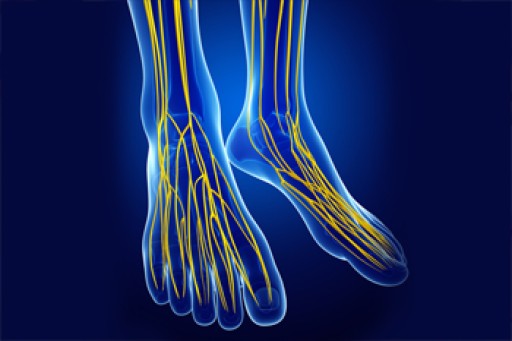

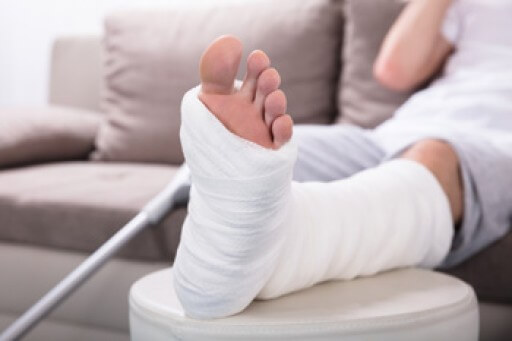



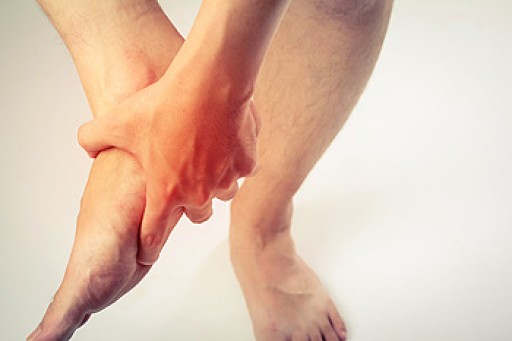
 Metatarsalgia
Metatarsalgia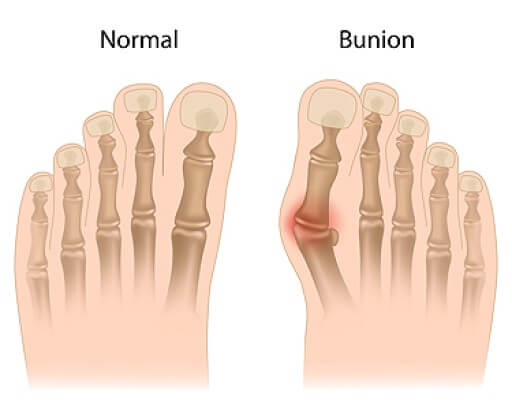
 Bunions
Bunions 